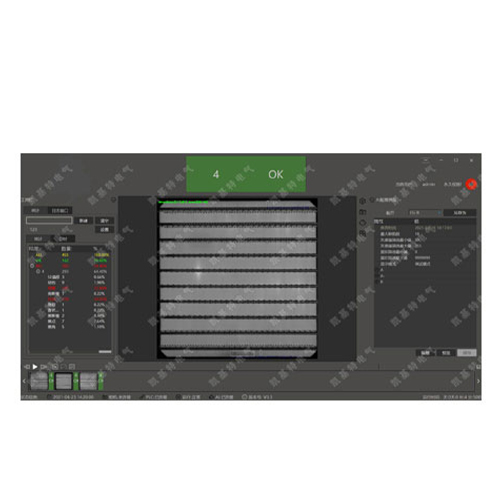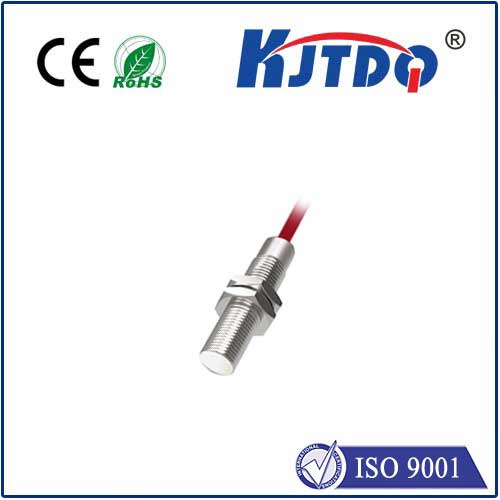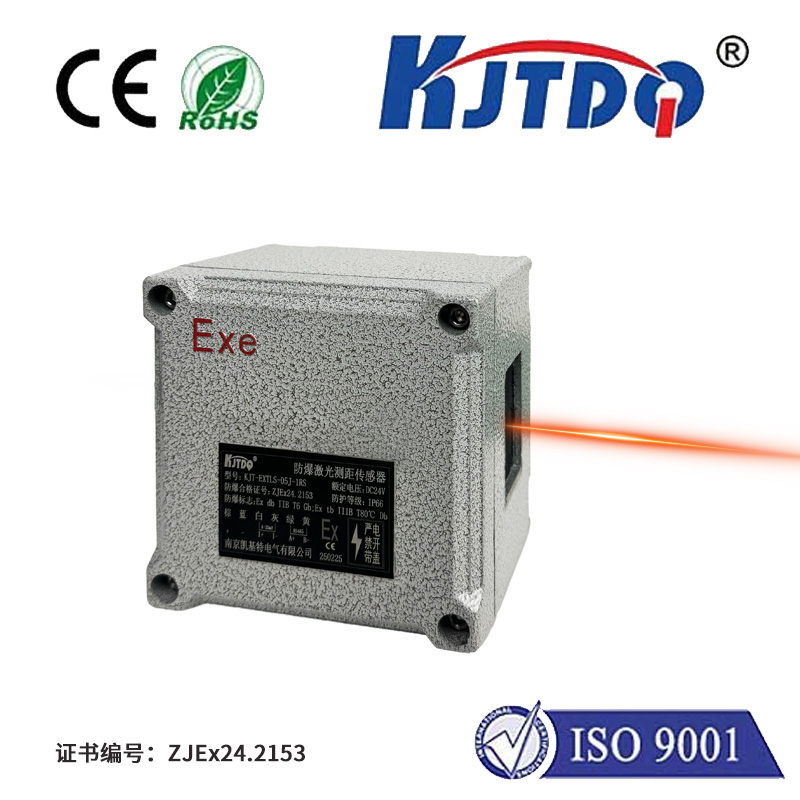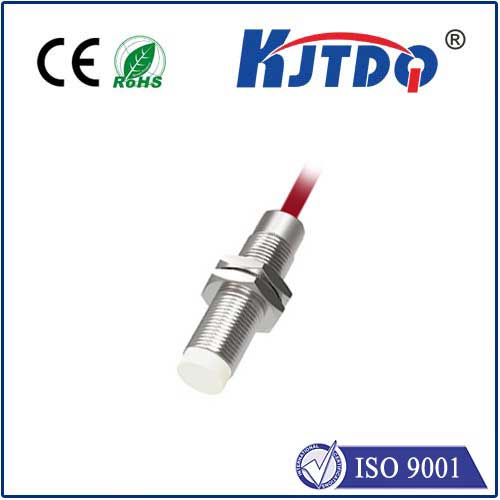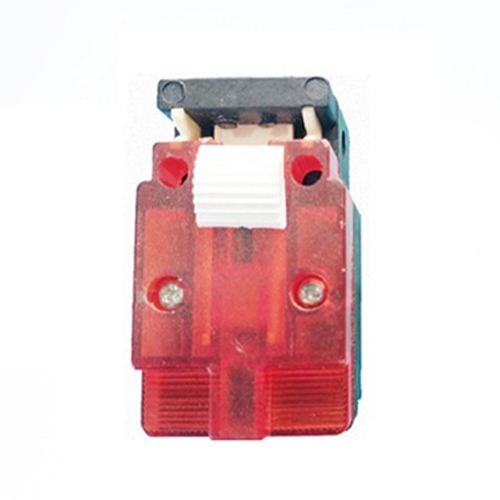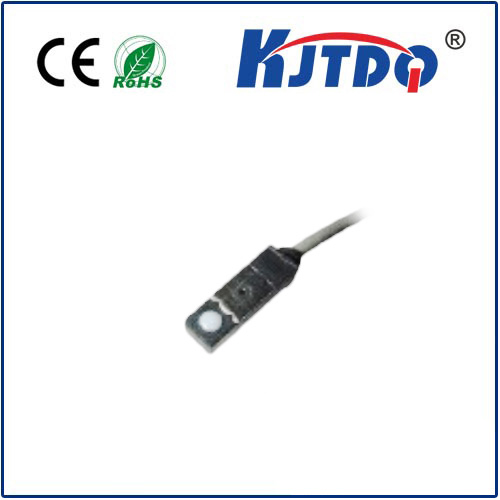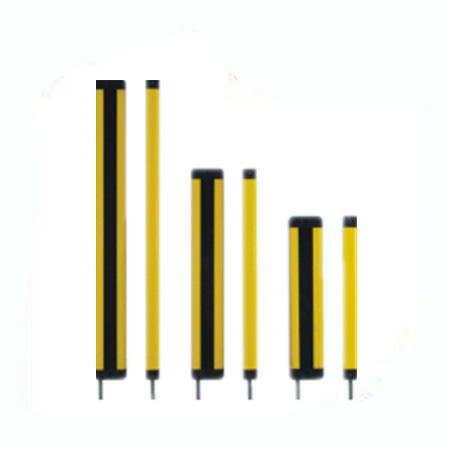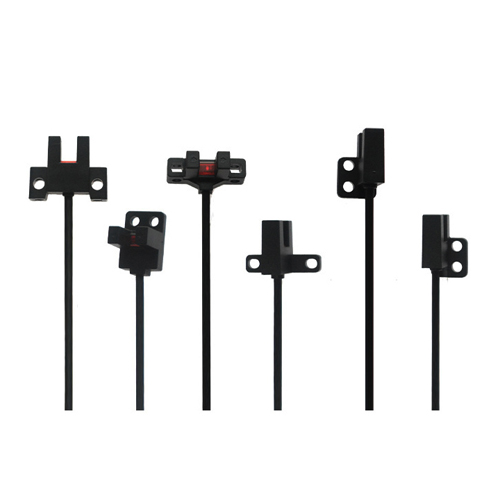proximity sensor device
- time:2025-07-16 08:58:53
- Click:0
Proximity Sensor Devices: The Invisible Guardians of Modern Technology
Imagine an invisible force field gently guiding your phone’s screen to sleep when held to your ear, preventing accidental touches. Picture supermarket doors sliding open magically as you approach, or your car alerting you to unseen obstacles while reversing. This isn’t magic; it’s the seamless, often unnoticed, work of proximity sensor devices. These remarkable electronic components operate silently in the background, detecting the presence, absence, or distance of nearby objects without any physical contact. Their ability to enable interaction between machines and their environment makes them fundamental to countless applications we rely on daily.
At its core, a proximity sensor device functions by emitting a field or beam (electromagnetic, capacitive, ultrasonic, or infrared) and detecting changes caused by a target object entering its sensing range. This non-contact operation is their defining characteristic, offering significant advantages over mechanical switches, including enhanced durability (no moving parts to wear out), immunity to dirt and contamination, and incredibly fast response times. This reliability makes them indispensable in demanding industrial settings and delicate consumer electronics alike.
The Versatility of Sensing: Types and Technologies
Several distinct technologies power proximity sensors, each suited to specific needs:
- Inductive Proximity Sensors: The workhorses of industrial automation. These metal detection specialists generate an electromagnetic field. When a metallic object enters this field, it induces eddy currents, causing a detectable change in the sensor’s oscillation. Highly reliable and immune to non-metallic contaminants like dust and oil, they are essential for tasks like counting metallic parts on a conveyor belt or detecting the position of machine tools.
- Capacitive Proximity Sensors: These detect almost any material – solids, liquids, powders, or even human skin – based on changes in electrical capacitance. They generate an electrostatic field and sense capacitance changes when any object with a different dielectric constant enters the field. This makes them perfect for level detection in tanks (solids or liquids) or enabling touchless controls in appliances and public interfaces.
- Photoelectric Sensors (Optical Proximity): Utilizing light beams (usually infrared to avoid interference), these sensors detect the interruption or reflection of light. Common types include:
- Through-beam: Separate emitter and receiver; detection occurs when the beam is broken. Excellent for long-range detection.
- Retro-reflective: Emitter and receiver in one unit, using a reflector; detection when the beam is broken.
- Diffuse Reflective (Proximity Mode): Emitter and receiver in one unit; detection relies on the reflection of light directly off the target object. This mode, often used for close-range presence sensing, is a key proximity detection technology in smartphones and tablets.
- Ultrasonic Proximity Sensors: These emit high-frequency sound waves and detect echoes. By measuring the time-of-flight of the sound wave, they can determine both presence and distance to the target object. They excel in environments with smoke, dust, or where the target has uneven surfaces or specific colors that challenge optical sensors. Common in robotics, parking sensors, and level sensing.
- Magnetic Proximity Sensors (Reed Switches, Hall Effect): Detect the presence of a magnetic field. Reed switches use magnetically-actuated metal reeds, while Hall Effect sensors detect magnetic flux density changes using semiconductors. Vital for position sensing (e.g., detecting if a door is open or closed using a magnet) and automotive applications like wheel speed sensing.
Ubiquitous Impact: Where Proximity Sensors Are Found
The applications of proximity sensor technology are vast and cross multiple sectors:
- Consumer Electronics: This is perhaps the most visible use for many. Smartphones use IR proximity sensors to turn off the screen during calls, save battery life, and prevent accidental touches. Touchscreens often incorporate capacitive proximity principles for glove/touch detection. Tablets, laptops (power-saving lid closure detection), automatic faucets, soap dispensers, and hand dryers all rely on them.
- Automotive Industry: Proximity sensors are critical for safety and convenience. They power parking assistance systems (ultrasonic sensors), detect hands on the steering wheel for driver attention monitoring, enable keyless entry/passive start systems, control automatic braking in collision avoidance, and manage trunk opening (kick sensors).
- Industrial Automation & Manufacturing: This is where proximity sensors shine for robustness and reliability. Inductive sensors monitor production lines, count parts, and ensure machine safety (position sensing). Capacitive sensors detect fill levels. Photoelectric sensors control product flow on conveyors, verify object presence, and enable precise positioning. They enhance efficiency and prevent costly downtime.
- Robotics: Robots depend heavily on proximity sensing for navigation and obstacle avoidance. Sensors help robotic arms position themselves accurately and prevent collisions with humans or objects in collaborative environments.
- Aerospace and Security: Used in landing gear position sensing, door monitoring on aircraft, and security systems (detecting unauthorized access to restricted areas).
Key Benefits Driving Adoption
The widespread use of proximity switch devices (a common term for discrete-output sensors) stems from compelling advantages:
- Non-Contact Sensing: Eliminates wear and tear on both the sensor and the target, ensuring exceptional longevity and minimal maintenance.
- High Reliability & Long Life: Lack of mechanical contacts translates to millions of operating cycles without failure.
- Fast Response Speed: Capable of detecting objects in milliseconds, crucial for high-speed automation and safety systems.
- Suitability for Harsh Environments: Many types (especially inductive) are sealed and resistant to dust, moisture, vibration, and chemicals, performing reliably where other switches fail.
- Energy Efficiency: Many proximity sensors consume minimal power, especially in their “standby” state before detection, contributing to lower energy usage in systems.
The Future of Proximity Detection
Proximity sensor device innovation continues. Key trends include:
- Miniaturization: Shrinking sensors for integration into wearables, smaller IoT devices, and minimally invasive medical equipment.
- Enhanced Intelligence: Sensors incorporating basic edge processing to filter noise or make simple decisions locally.
- Multi-Technology Fusion: Combining proximity sensing with other sensor types (e.g., IMU, temperature) for richer contextual awareness.
- Improved Accuracy & Range: Advancements in ultrasonic and optical technologies enabling more precise distance measurement over longer ranges.
- AI Integration: Using proximity data as input for AI algorithms to predict behavior, optimize system operation, or enhance safety protocols.
From the smartphone in your pocket to the automated factory floor and the safety systems in your car, proximity sensor devices are the silent, unseen guardians enabling seamless, intuitive, and safe interaction with our technology. Their ability to provide reliable, non-contact detection makes them a cornerstone of modern electronics and automation, a fundamental piece of the sensor technology ecosystem that continues to evolve and expand its reach into our daily lives and industries.






